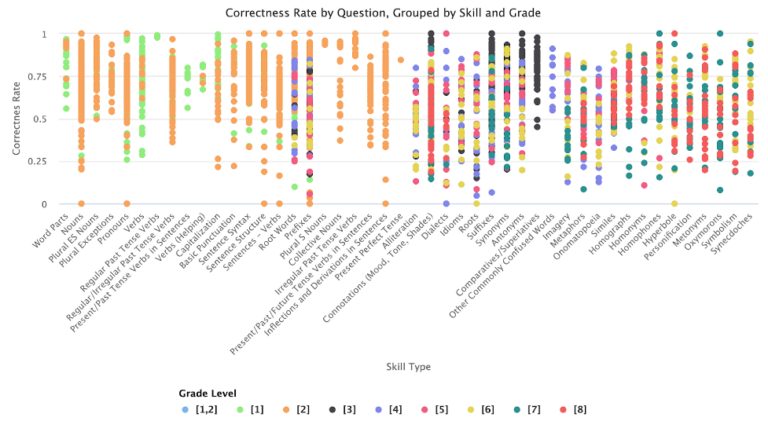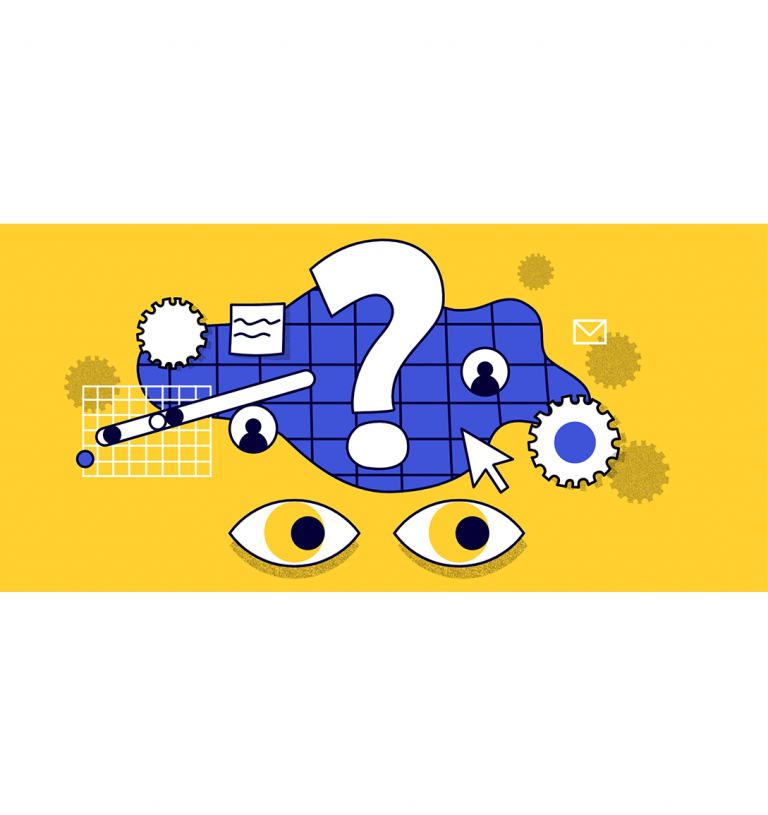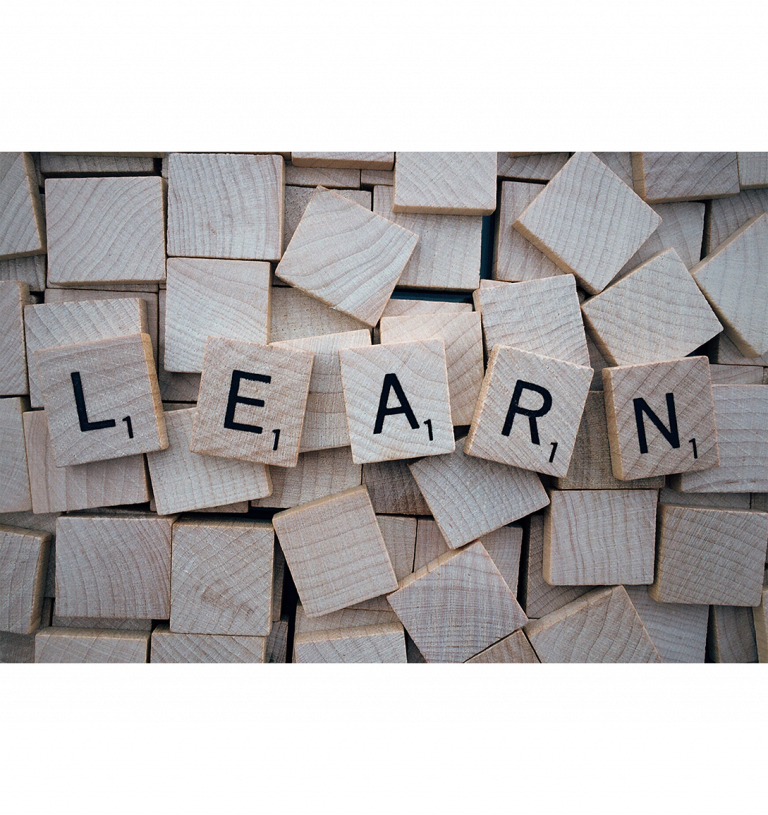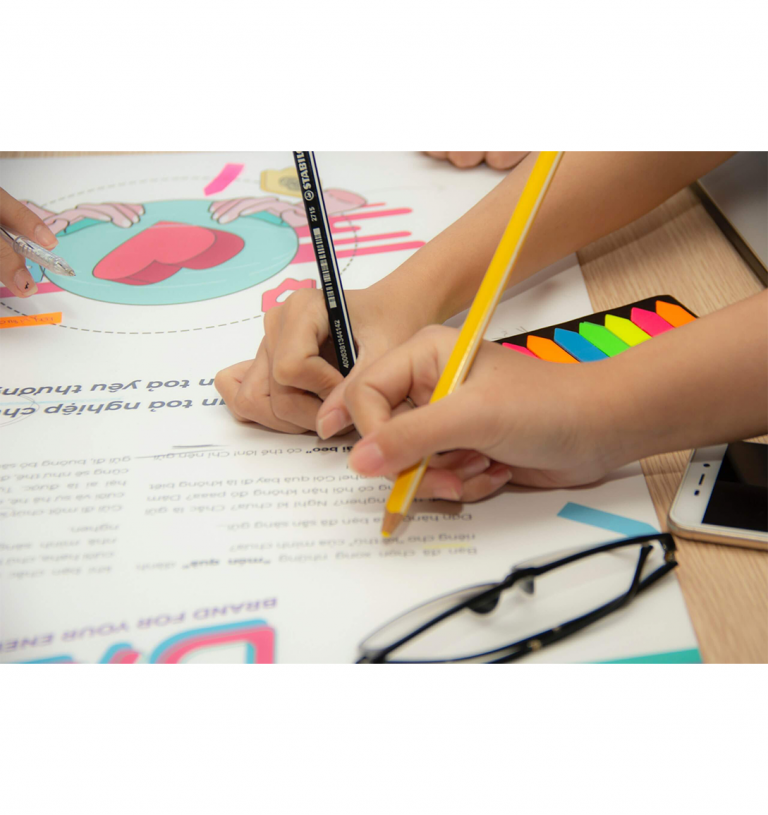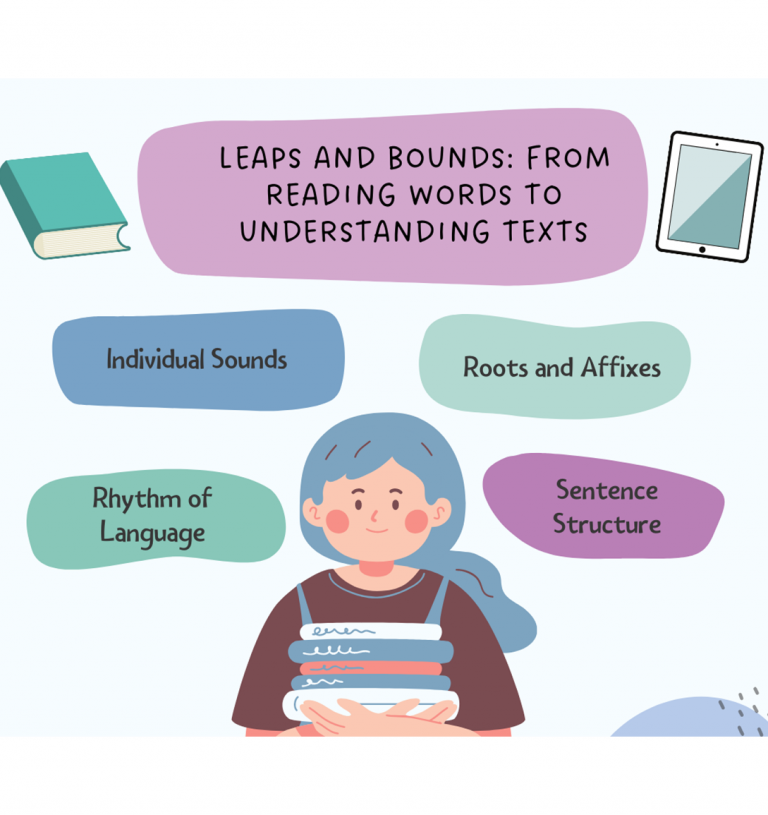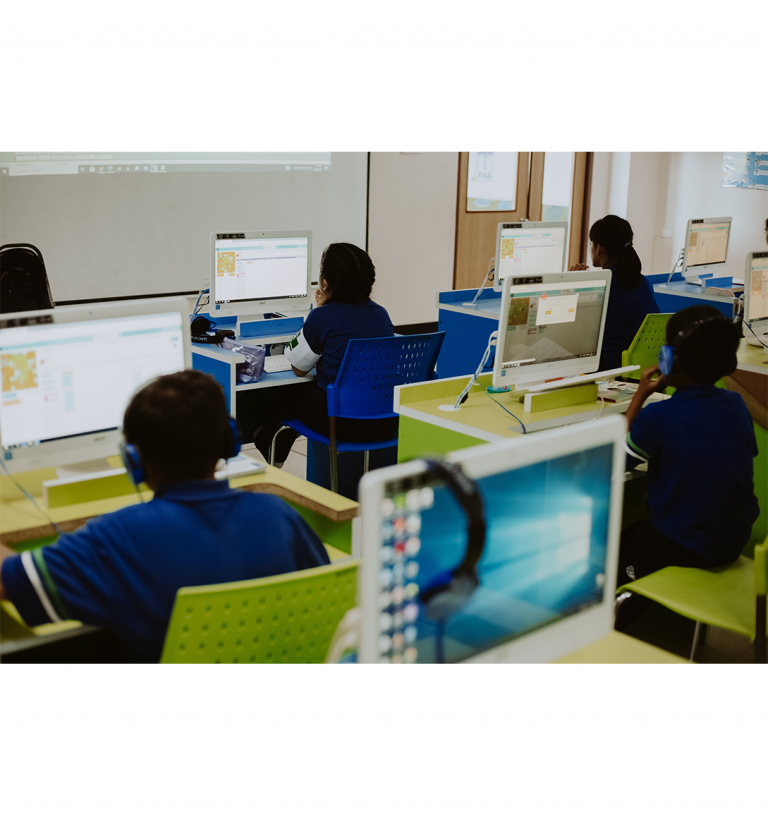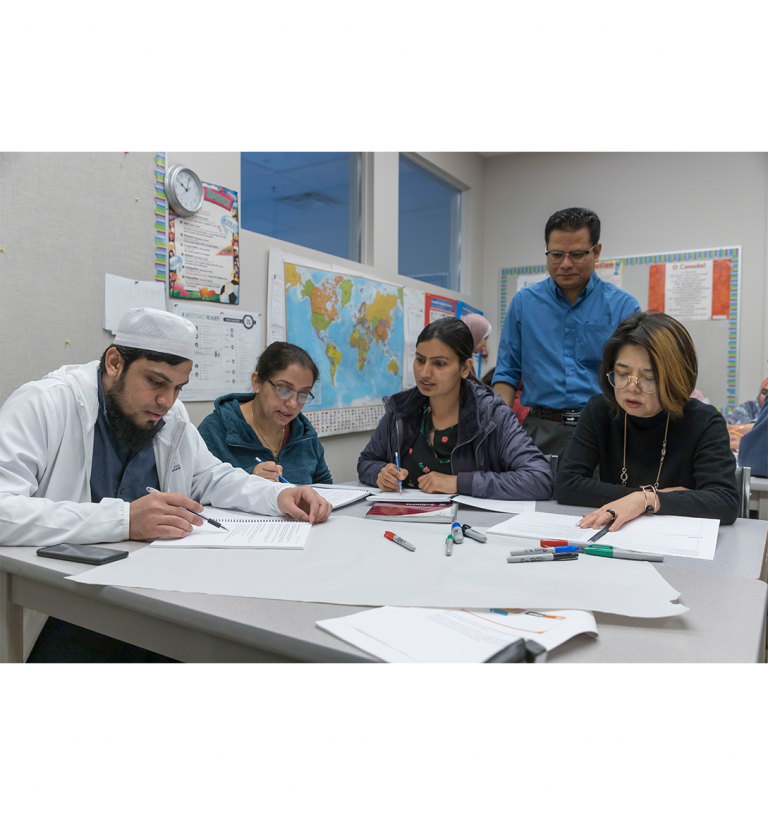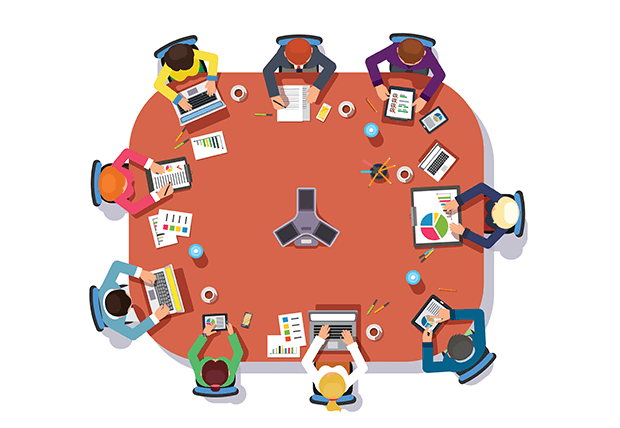This theme is led by Jenny Thomson, Sheffield University (UK), and Susan Rvachew, McGill University.
Emerging research suggests the reality is less dichotomous – the effect of technology is mediated by a complex interaction between three main facets: (1) the characteristics of an individual learner, (2) the technology format, and (3) the purpose of communication. This theme aims to better understand each of these three facets and the nature of their interactions. For example, there are many online language learning apps, and increasingly VR-mediated environments, but evidence is lacking as to the characteristics that are most readily learned in such formats, and how generalizable and hence useable the resulting oral language skills are. Similarly, more research is needed to determine which formats best facilitate deep reading for meaning better than others. Does the optimal format vary as a function of spoken language level, reading level, language environment or the cultural background of a reader? How does the learner’s own comfort and knowledge of digital interfaces interact with their comprehension, and how can that be best developed and utilized to support language and literacy? How does the use of imagery, hyperlinks, or videos change semantic access and representation? The answers are crucial to our industry and community partners who are developing and implementing instructional materials.
